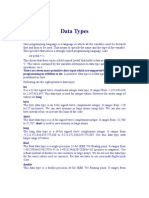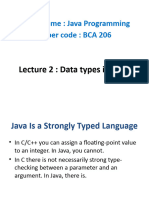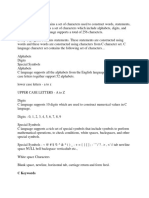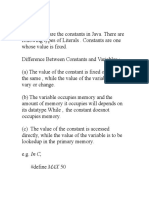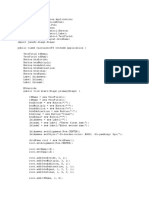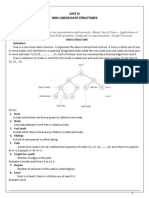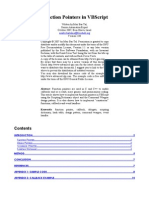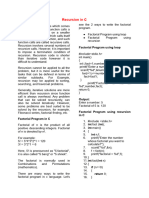0% found this document useful (0 votes)
192 views1 pageJava Literals Explained
Literals in Java can be numeric literals such as integer, real, or boolean literals or non-numeric literals such as character or string literals. Numeric literals include integer literals which can be decimal, octal, or hexadecimal, real literals which can be float or double, and boolean literals which are true or false. Non-numeric literals include character literals enclosed in single quotes and string literals enclosed in double quotes.
Uploaded by
Aryan DwivediCopyright
© © All Rights Reserved
We take content rights seriously. If you suspect this is your content, claim it here.
Available Formats
Download as PDF, TXT or read online on Scribd
0% found this document useful (0 votes)
192 views1 pageJava Literals Explained
Literals in Java can be numeric literals such as integer, real, or boolean literals or non-numeric literals such as character or string literals. Numeric literals include integer literals which can be decimal, octal, or hexadecimal, real literals which can be float or double, and boolean literals which are true or false. Non-numeric literals include character literals enclosed in single quotes and string literals enclosed in double quotes.
Uploaded by
Aryan DwivediCopyright
© © All Rights Reserved
We take content rights seriously. If you suspect this is your content, claim it here.
Available Formats
Download as PDF, TXT or read online on Scribd
/ 1
